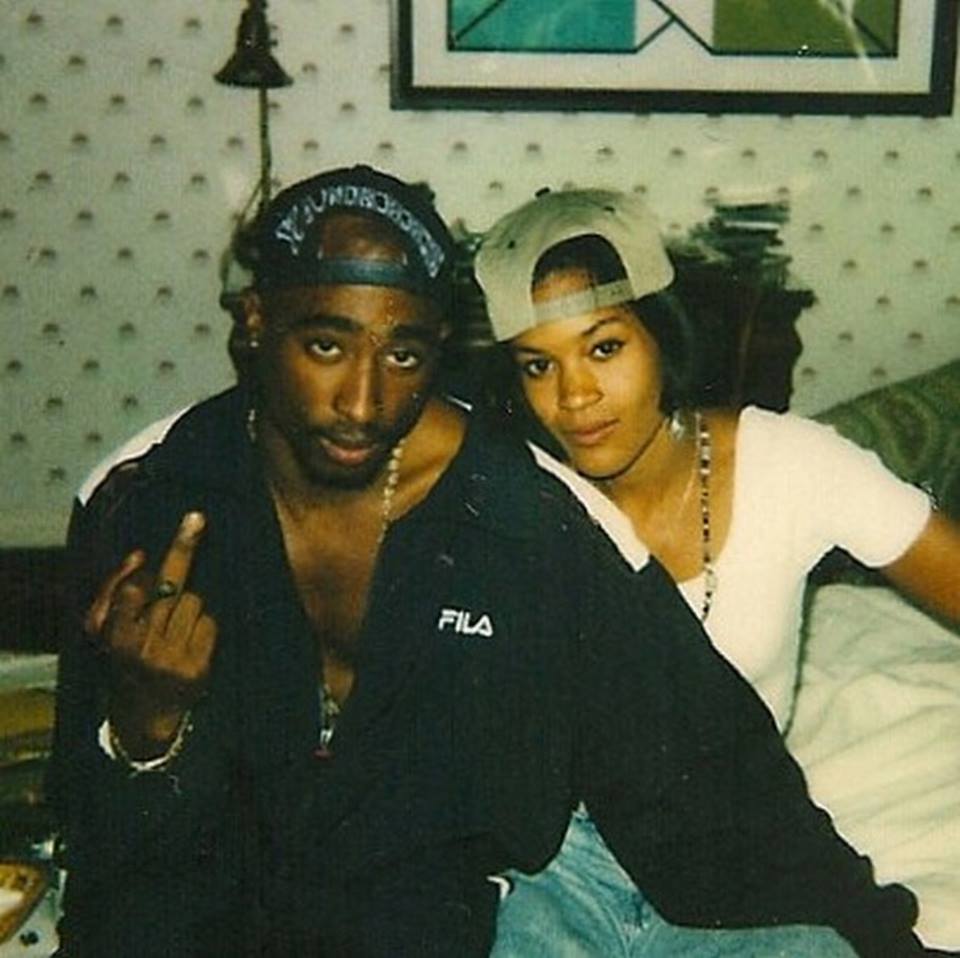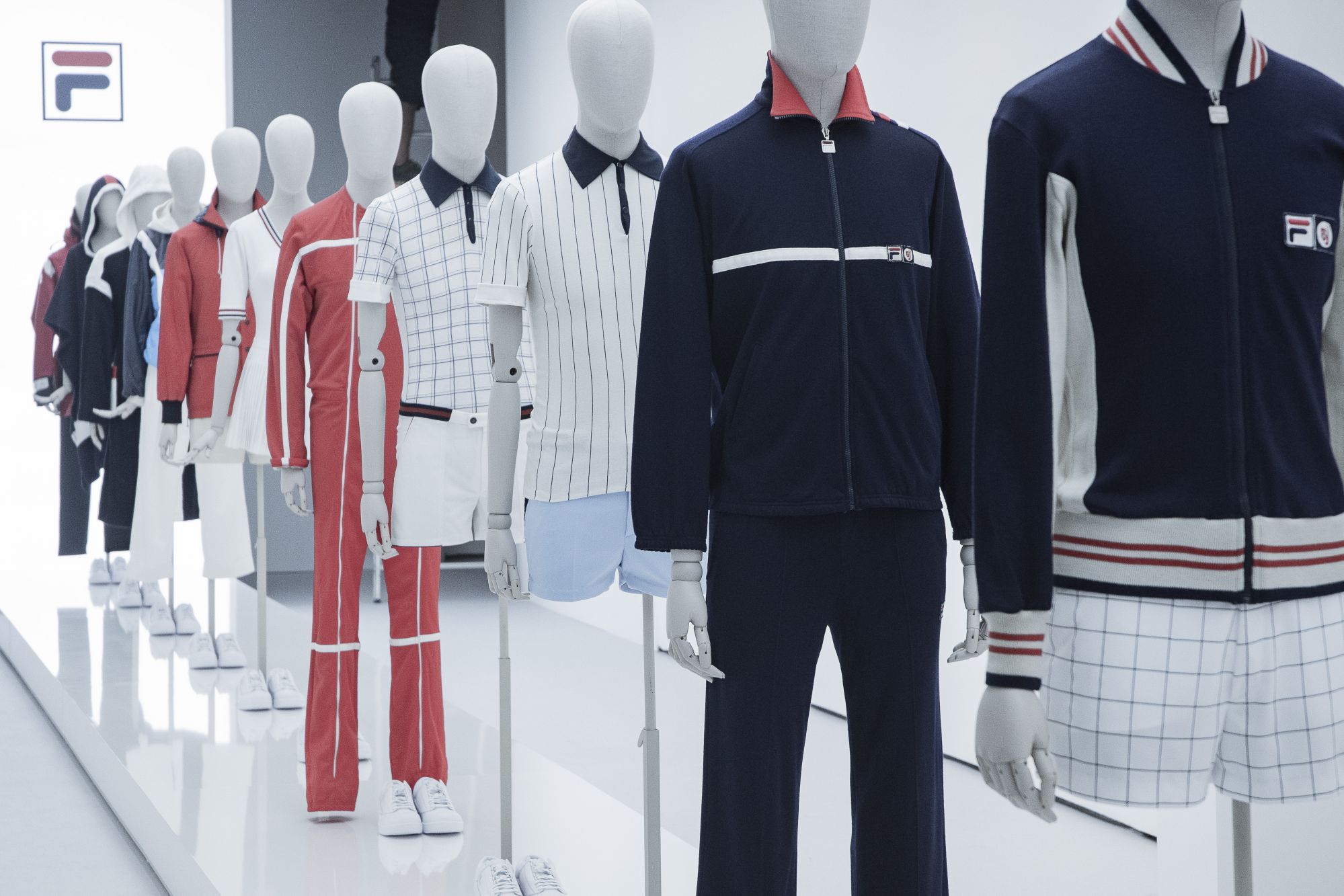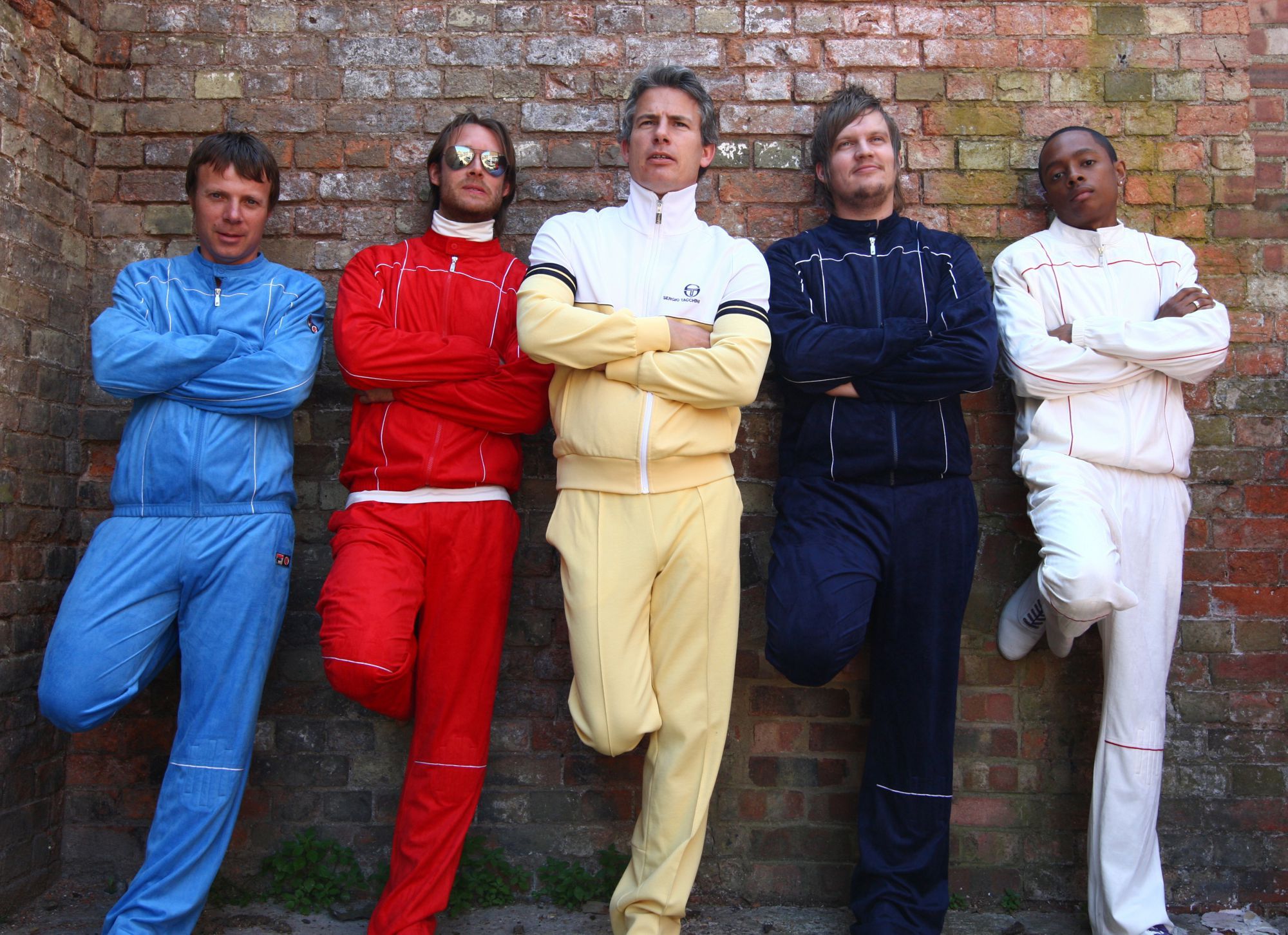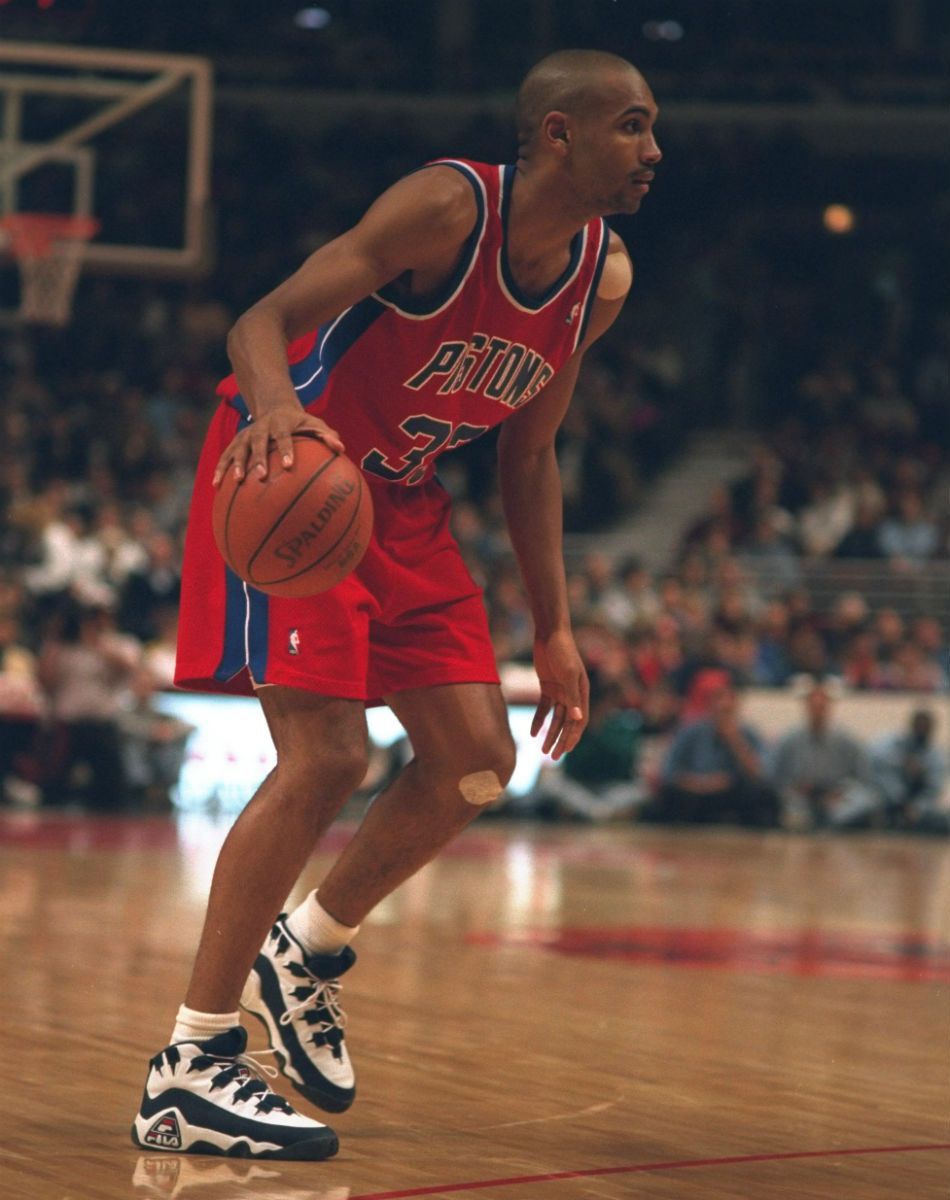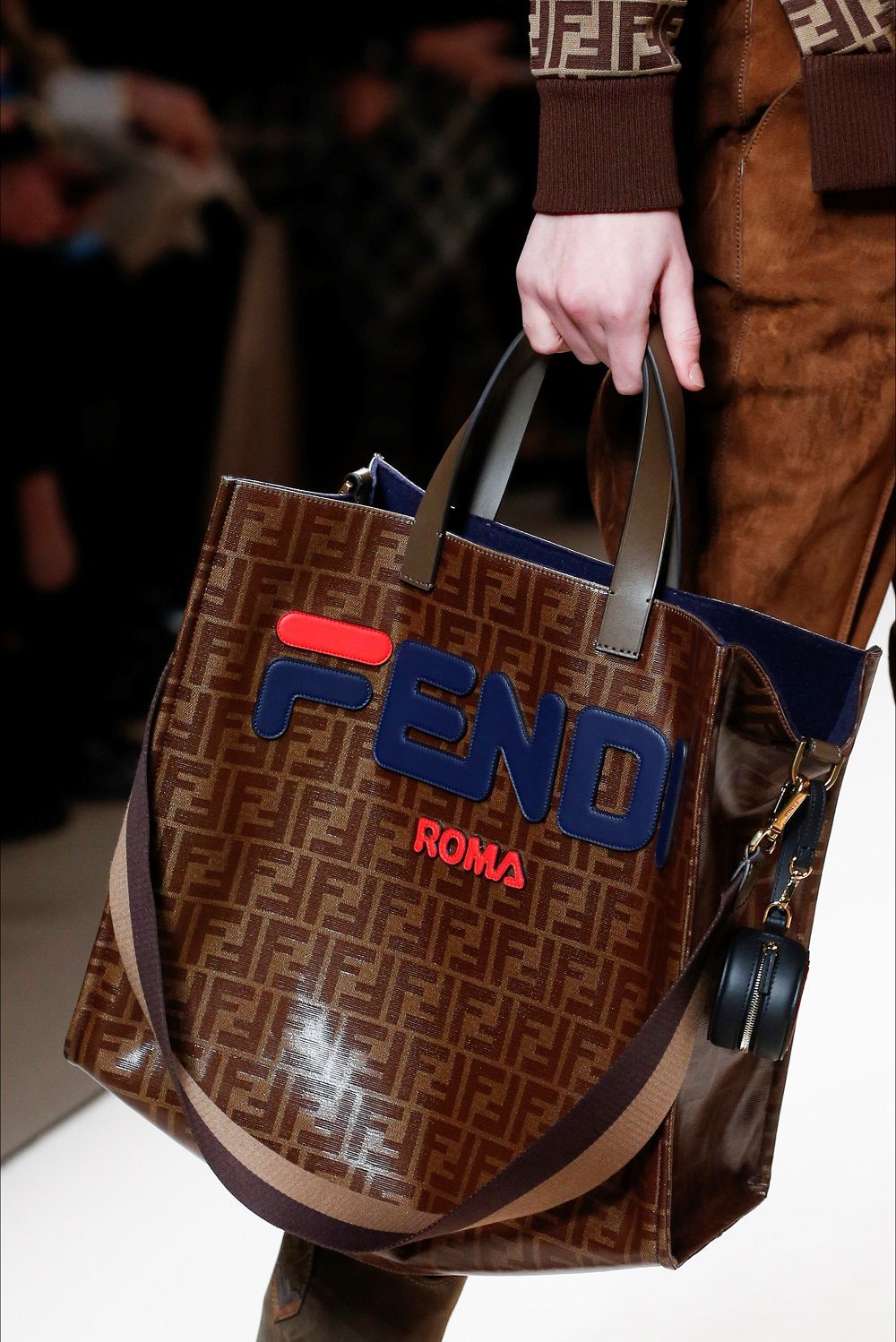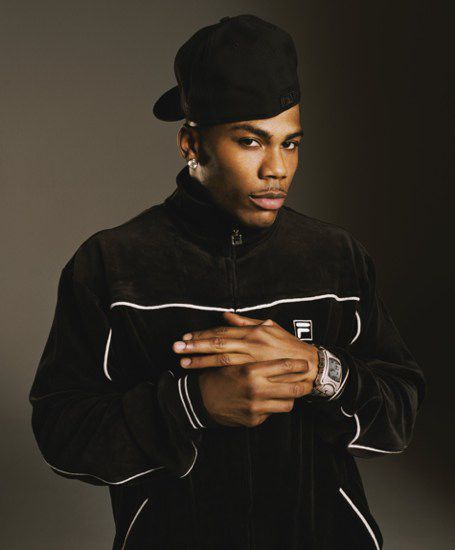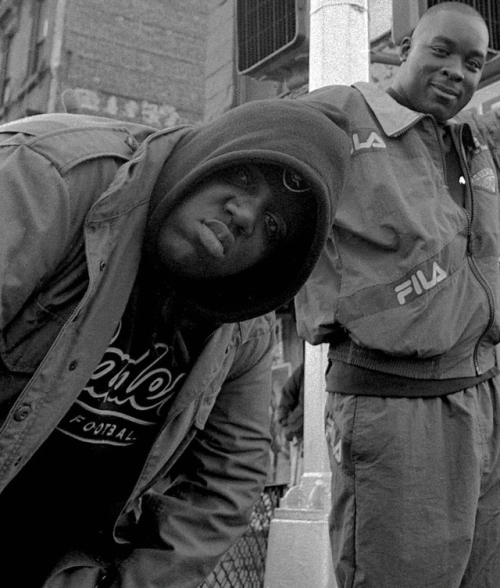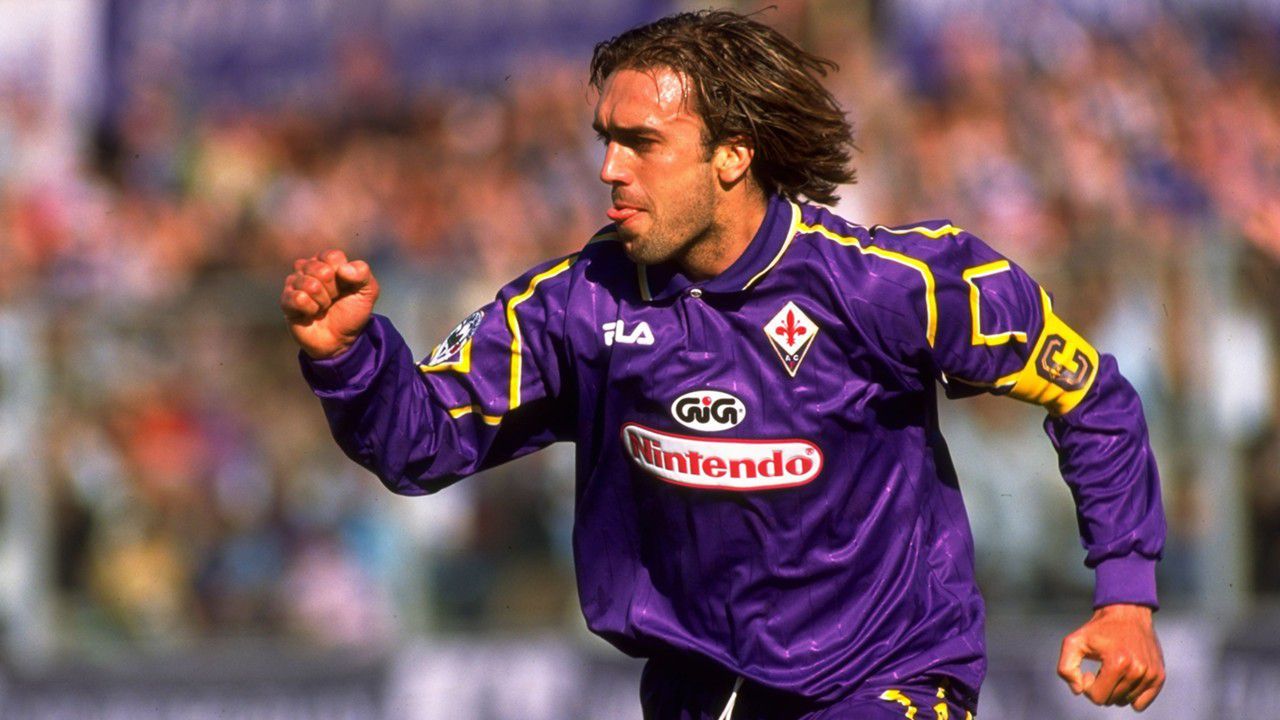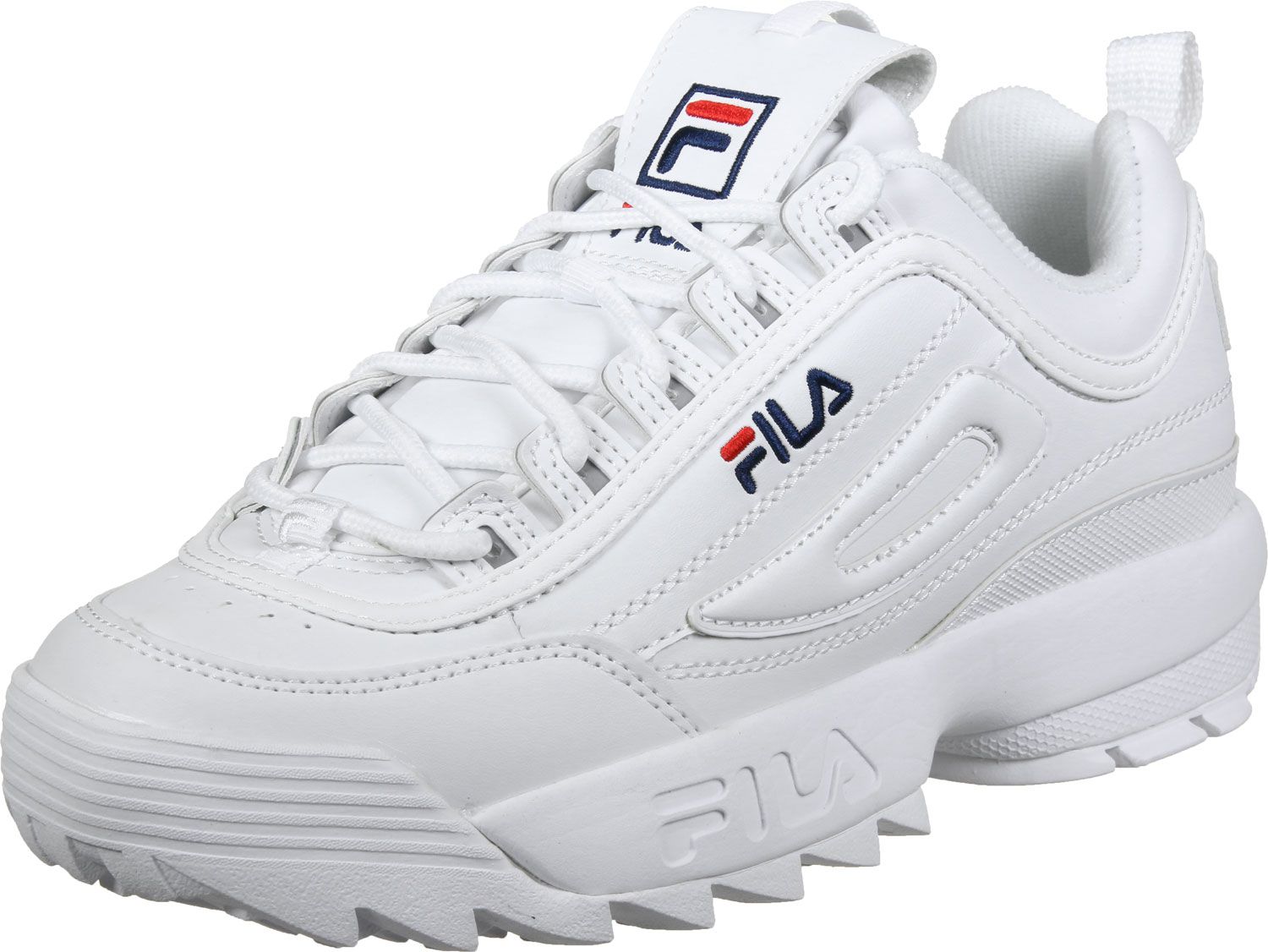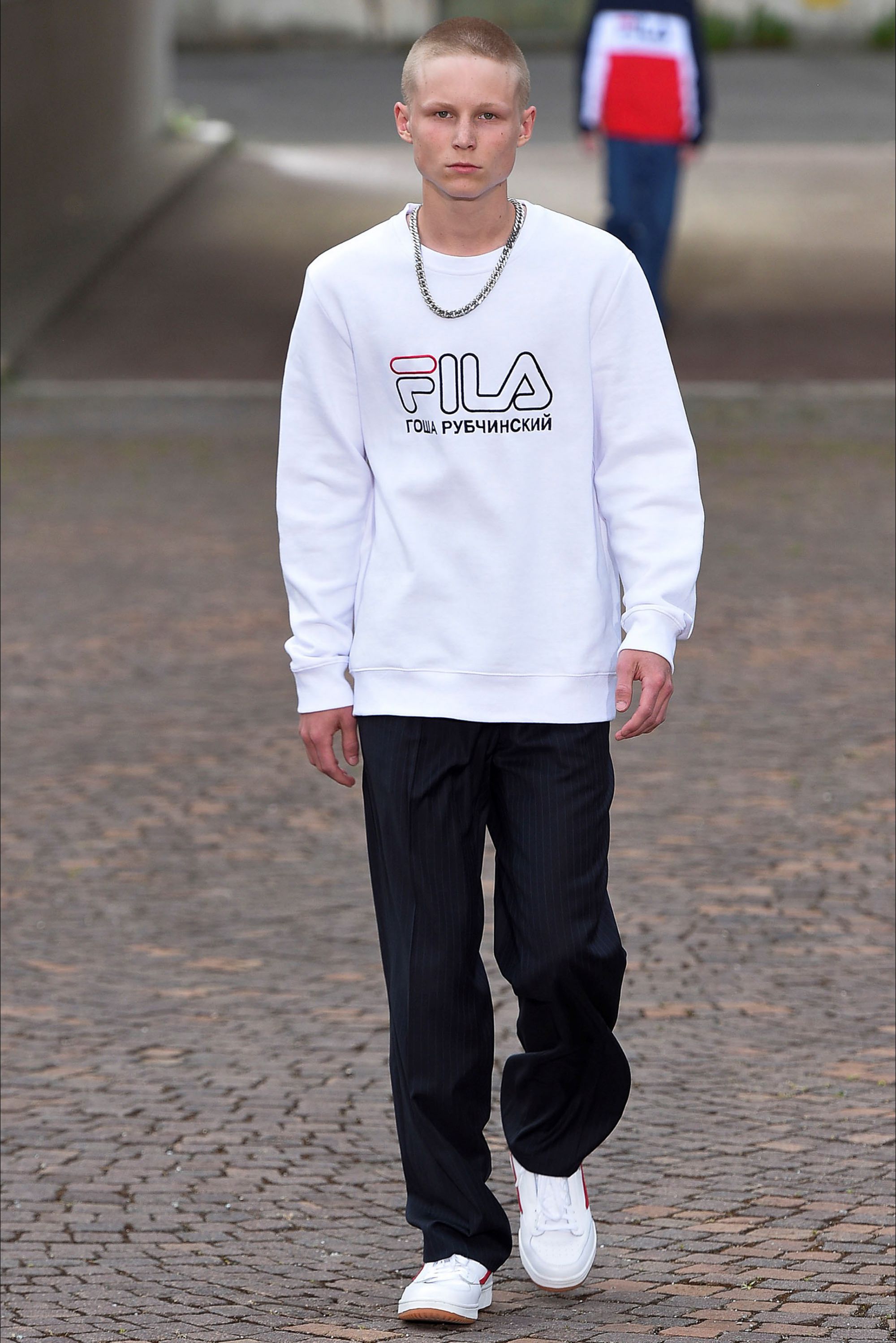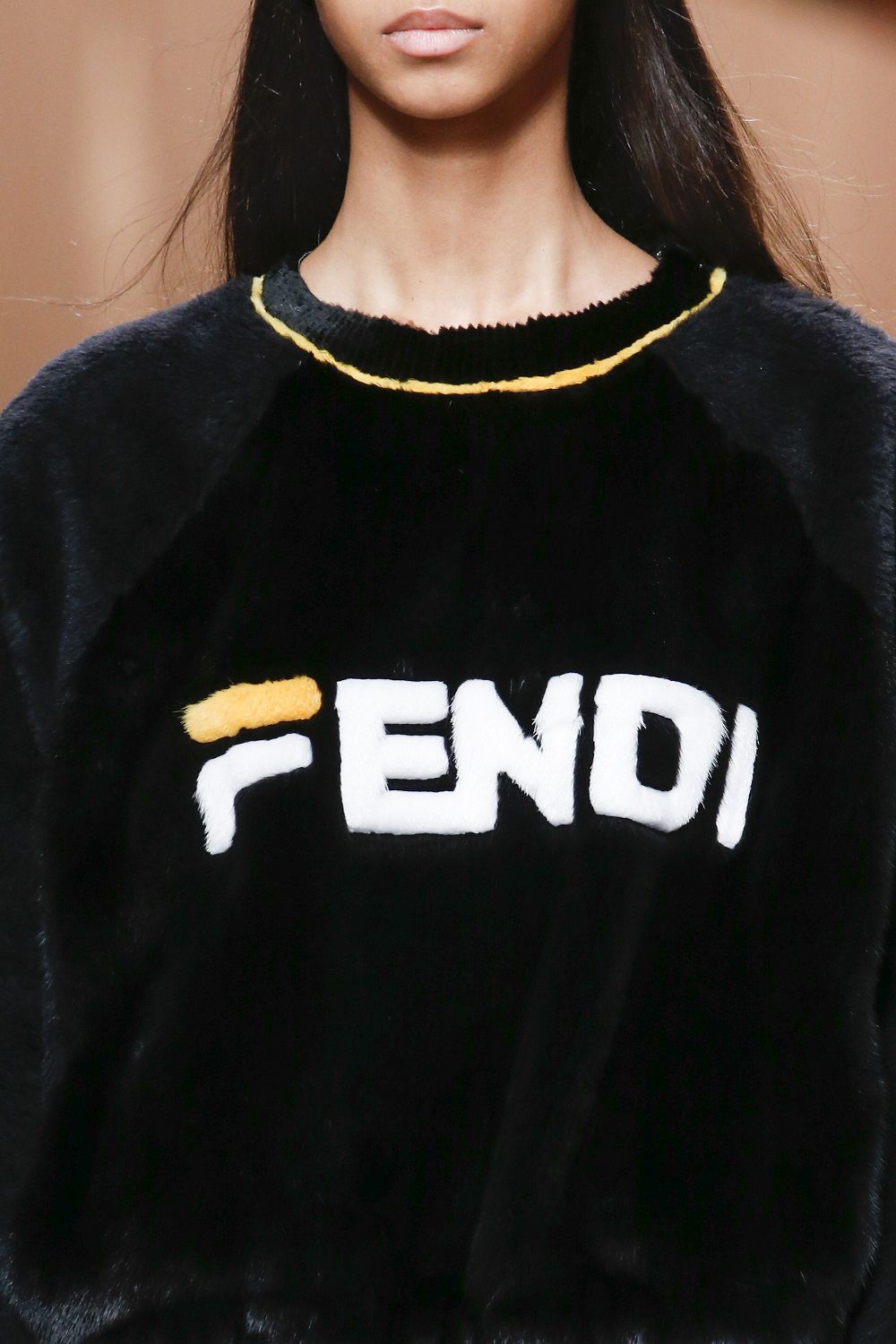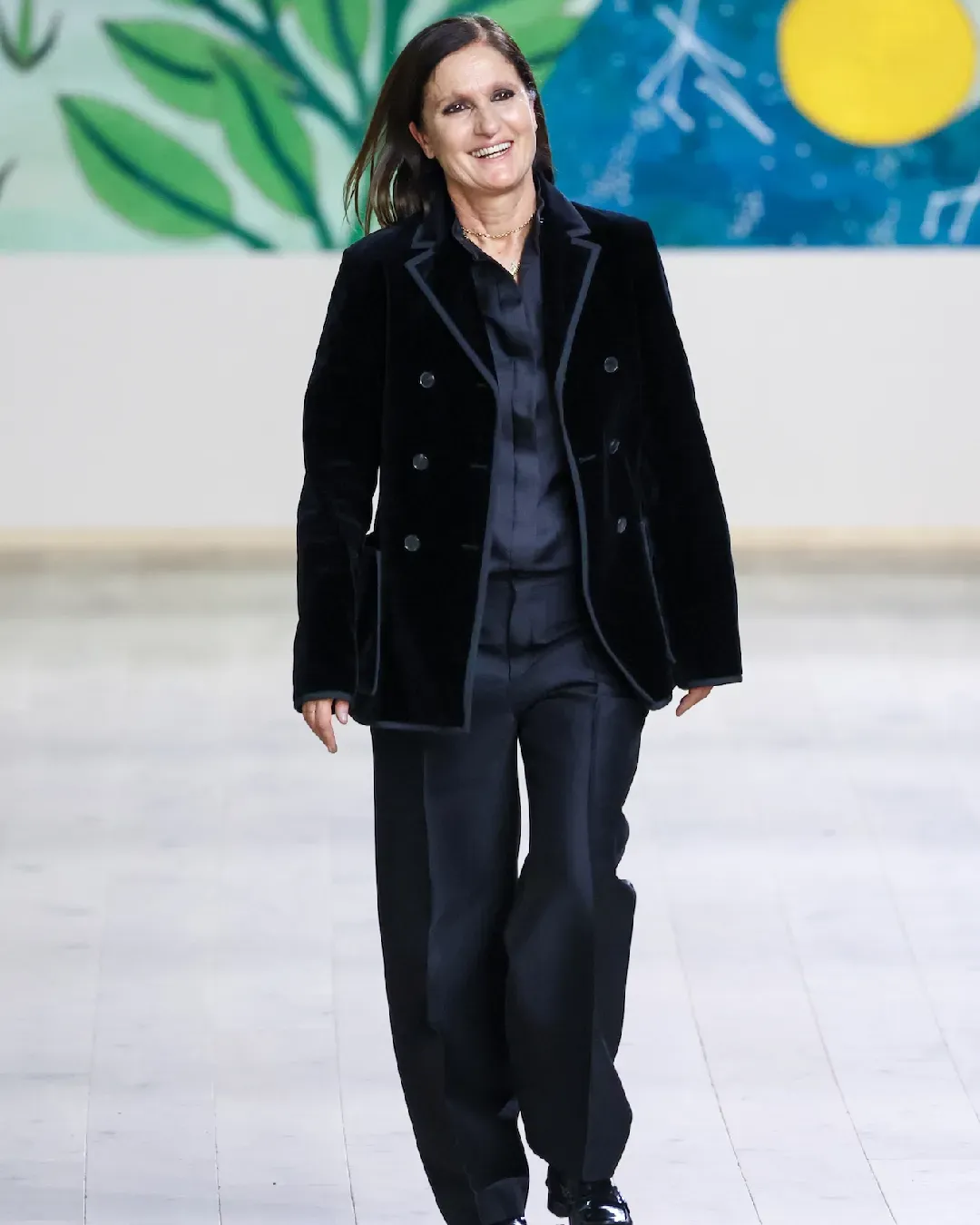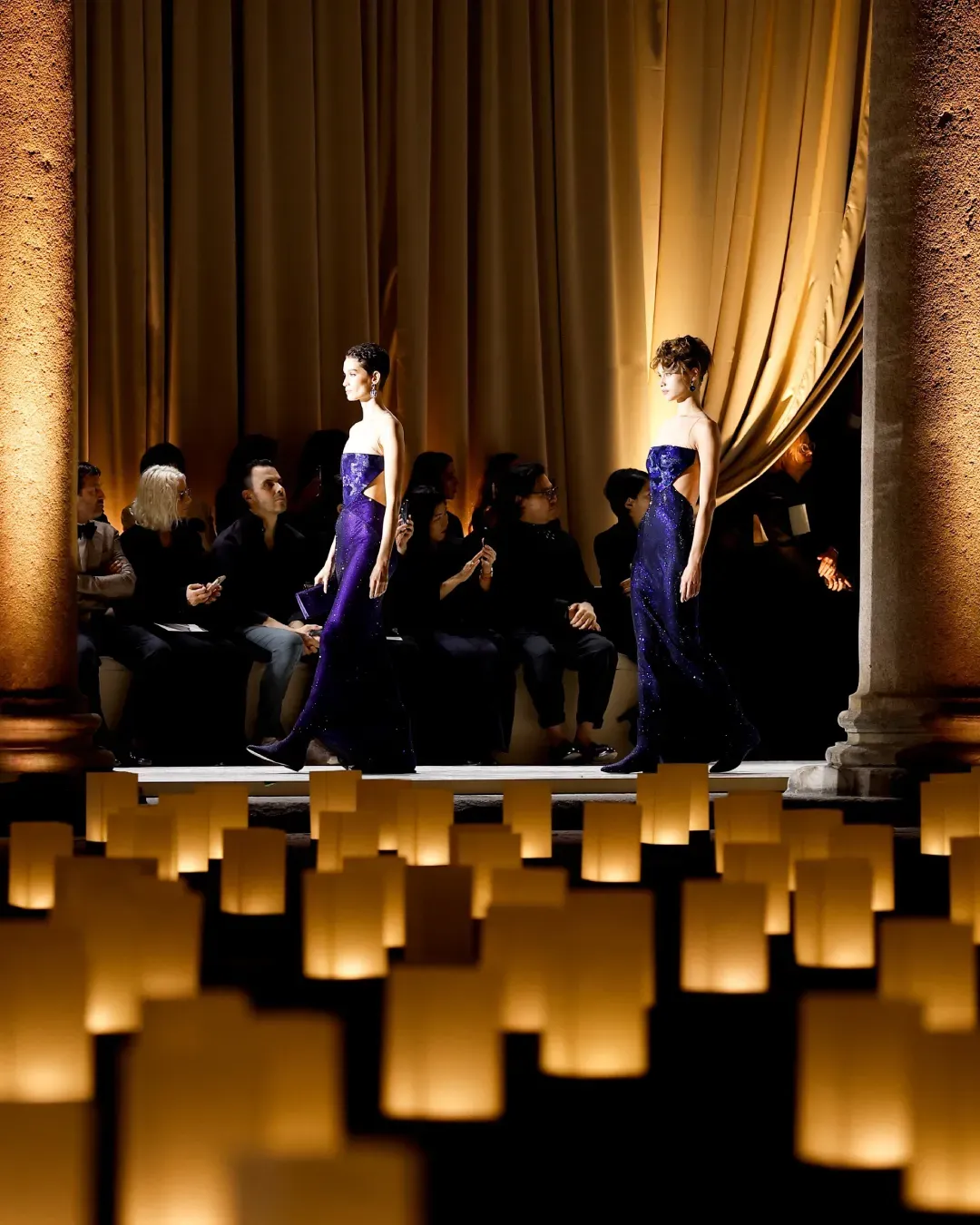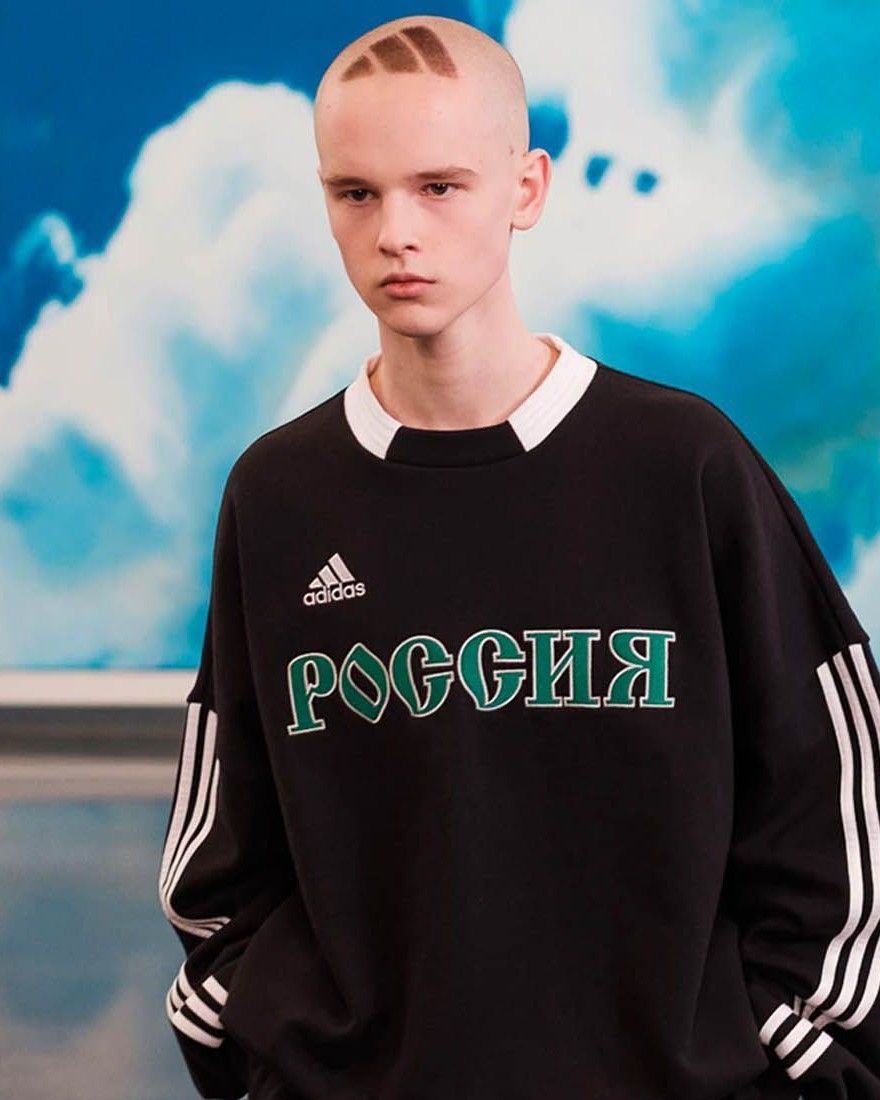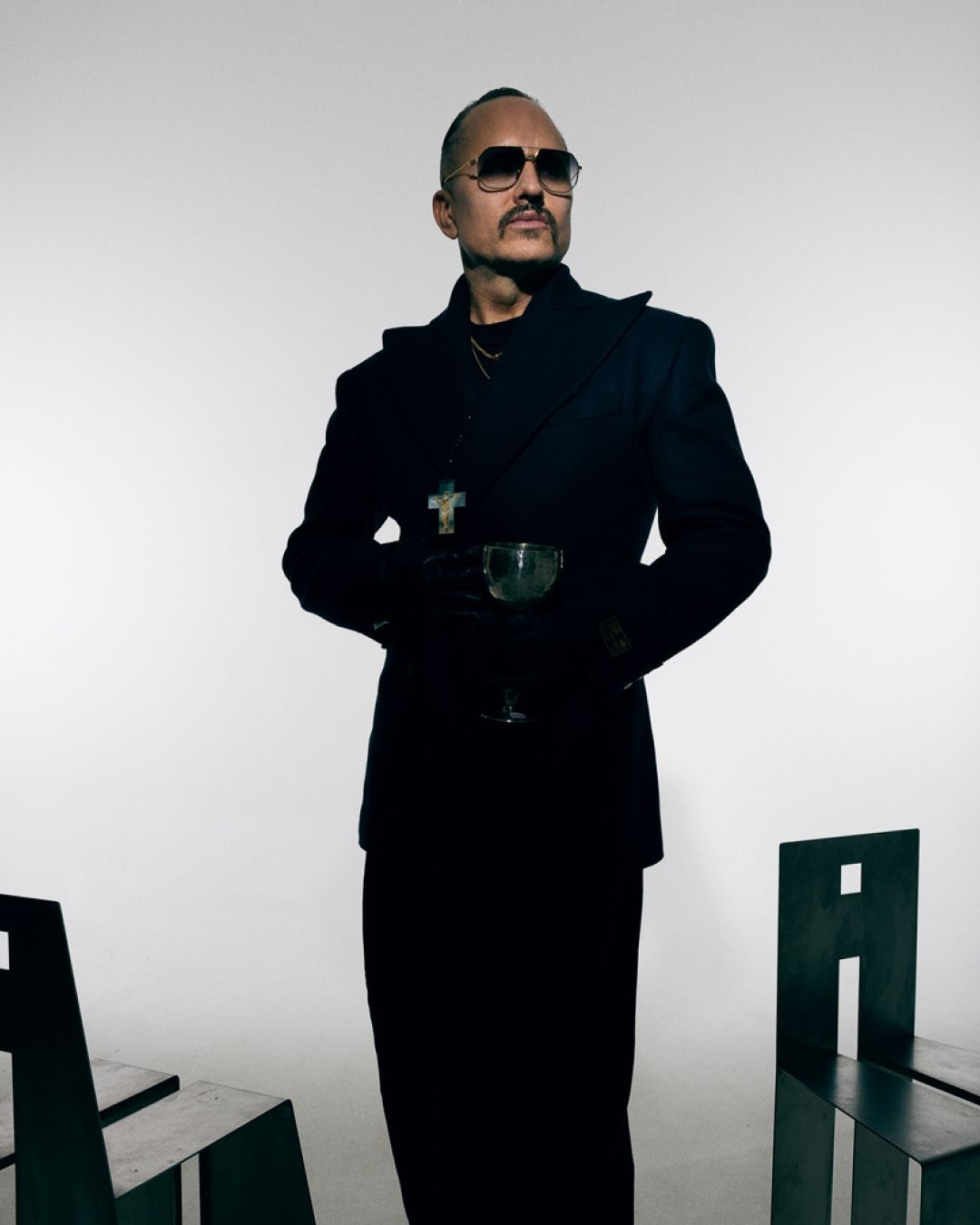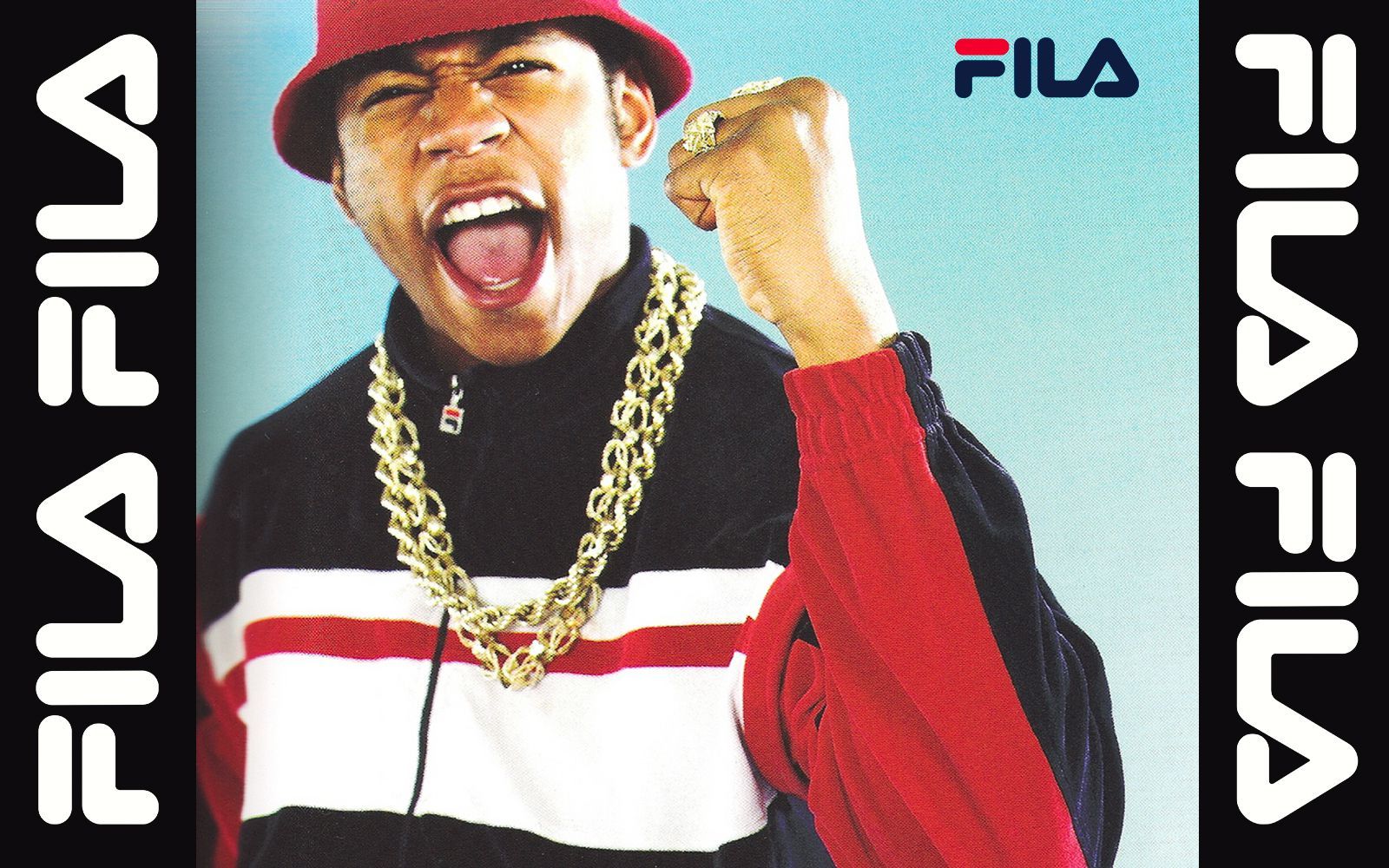
From Björn Borg to Fendi: the history of FILA Before the first ever fashion show of the brand
All the big brands before being founded were just an idea in the mind of resourceful people who, almost unconsciously, invested all they had in a concept they strongly believed in. What is really interesting is trying to understand how these leading labels got to where they are now. This discourse is even more relevant if we think of FILA, the leading international Italian sportswear brand, founded in the foothills of the northern town of Biella, that despite a number of ups and downs is now preparing for a brand new adventure. After having gained popularity in the 70's and 80's, dressing basically every athlete on the face of earth, FILA went through a tough period, due to the frequent acquisitions and costant turnover at the top, but since 2008, when Korean Gene Yoon took over the brand, the growth has been unstoppable. Collaborations with many fashion houses, the relaunching of an iconic sneaker, the ultimate status in the streetwear world and a revenue worth more than 500 million euros: FILA is currently nailing it. On Sunday, September 23rd FILA will debut on the runway of the Milan Fashion Week for the first time ever. A very much anticipated event, that, judging by the history of the brand, could have happened a long time ago.
FILA's story is inherently linked to textile industry: Fila brothers make high-quality textiles, the perfect mix of luxury, art and utility. In 1926 the company launches the first undergarments collection for men, women and children: Maglificio Biellese F.lli Fila - MABY gains traction. The arrival of Enrico Franchey as the managing director of the brand, though, changes completely the future of the label: his creativity and managerial resourcefulness ultimately transform Fila into the brand we all know. In 1968 the Maglificio Biellese F.lli Fila - MABY adds a line of colorful knitwear. Every phase of production is done in-house: from spinning to weaving to production and distribution, a process that makes MABY a unique and inimitable reality.
The turning point comes a few years later, thanks to the innovative designer Pier Luigi Rolando and the engineer Alessandro Galliano. The two are progressively becoming aware of the on-going change, especially in Italy, regarding what people do in their in free time and above all what they wear in their free time. It's 1972 when FILA starts creating sporting apparel on the existing tubular looms used for undergarments. Rolando and Galliano realize that sports and leisure activities are an essential part of many potential customers' lives, and that sportswear must complement, not overpower, the athlete. High-quality, comfortable and well-designed items: it's the dawn of sportswear. Shortly after arrives the F-Box: for the first time on a ribbed polo shirt appears the logo inspired by 70's American Pop Art, that becomes immediately iconic.
FILA enters the collective imagination with the worldwide shot of a tennis player raising the Wimbledon cup wearing a striped suit of the WHITE LINE collection. And it's definitely with tennis that the Italian brand has the strongest bond. In 1974 FILA introduces for the first time color in a universe that until then was almost totally white (especially on the conservative courts of the English town), with a total look line that featured graphics and prints inspired by the tennis court. The 1978 Wimbledon match between Björn Borg and John McEnroe wasn't just an epic battle between two of the best players in the history of the sport, but it represented also a real turning point for the Italian brand: Borg was the first athlete ever to wear the label's clothes, and he was wearing precisely those clothes when he defeated McEnroe, who instead was sporting a Sergio Tacchini uniform, almost a rivalry in the rivalry.
From that moment the connection between FILA and the sports world becomes unbreakable. The Italian label wears many tennis players, from Boris Becker to Adriano Panatta, world-famous climbers like Reinhold Messner, skiers as Ingermar Stenmark and Alberto Tomba, swimmers, sailors, baseball and soccer players, pilots and National teams. Innovative technologies and fabrics combined with a fresh and modern design: these are the reasons of FILA's success. One of the brand's merits was its ability to be always up-to-date, and moreover, to have also a cultural value: sporting FILA didn't mean just wearing a tracksuit, but it meant supporting a specific athlete or team, belonging to a particular subculture or a reality.
Anticipating once again trends and fashions, FILA was one of the first brands to make sportswear something to be worn on a daily basis, or better, something that everyone wanted to wear everyday. Notably are the English casuals, Manchester United and Liverpool fans, who introduce the FILA tracksuits in the everyday life. If wearing tracksuits and sportswear items was the best way to blend in the crowd and avoid police, casuals, unknowingly, change the fashion world. The most devoted supporters, in fact, would follow their team even during away matches around Europe, therefore also in Italy, and would later bring back to England newly discovered brands, and this is what happened also with FILA. Saturday afternoons on the terraces were like the catwalks for the working classes: besides Stone Island and CP Company, FILA starts being a costant presence too. And from the terraces to the streets of Europe the step was small.
The debut in the basketball world at the beginning of the 90's allows FILA to enter new and unexplored markets and areas. NBA players Grant Hill, Jerry Stackhouse, Larry Johnson and Kevin Johnson are the first to wear FILA sneakers on the court, new and unique silhouettes that make the Italian brand very appealing also for rappers and hip-hop figures. Nas, Nelly, LL Cool J and above all Tupac are often photographed with sweatshirts, pants, jackets and sneakers of the label. FILA joins definitely the pop global culture.
As we know very well, over time sportswear has been progressively dominating the fashion world, becoming a synonym of luxury and hype. The big comeback of FILA is connected with two phenomenons that look back to the past. The so-called football nostalgia, that's to say the rediscovery of 90's and early 2000's players and above all uniforms, brings back dozens of FILA jerseys. The image of Gabriel Batistuta with a purple Fiorentina jersey designed by FILA represents perfectly the union of fashion, sport and pop culture: a new and innovative mix for the time, that remains a reference point until today.
One of the founding elements of streetwear are definitely the sneakers. In 1996 FILA designs a pair of big and comfortable shoes, the Disruptor. Before Nike, adidas, Louis Vuitton and above all Balenciaga, it was the Italian brand to introduce the dad shoes or chunky sneakers: big and usually ugly shoes, that nevertheless dictate the trends. FILA's decision to put back into production the Disruptor in new colorways and materials not only pleases long time aficionados of the brand and nostalgic fans, but also lets FILA reach a new and younger audience, teenagers are the first to buy the Disruptors.
FILA is very aware of how much streetwear is monopolizing the fashion industry, and having a quite unmatched experience in the field, realizes it was time to speak up. In the SS17 season the Italian brand debuts on the runway in collaboration with a label that before anyone else brought the sportswear in the fashion world, Gosha Rubchinskiy. The iconic FILA logo is combined with the Cyrillic one on sweatshirts, T-shirts and, above all, sneakers: the name of the Italian label starts circulating between the most powerful buyers and starts being photographed worn by influencers and celebs. For the AW18/19 FILA takes it to the next level. Its red and blue logo comes together with the double F of Fendi: the pair fashion-sportswear reaches its highest level, decorating jumpers, furs and bags. Sports becomes luxury.
Many might be wondering why now: why from 1911 until today, this is the right moment to debut on the runway. From an economic and marketing point of view there couldn't be a better time: sportswear is now the undisputed protagonist of the fashion industry, and if the items are innovative and high-quality like the FILA ones the success is basically sure. From a stylistic point of view, instead, the brand has reached such a level of maturation and recognisability that the runway is the most natural and obvious step to take. The date to save is September 23rd, to discover what the FILA future will look like.










































